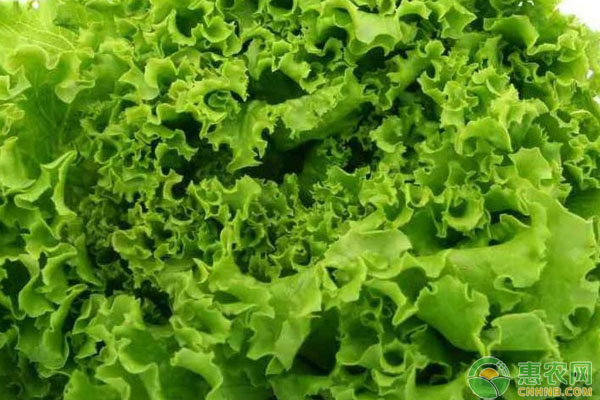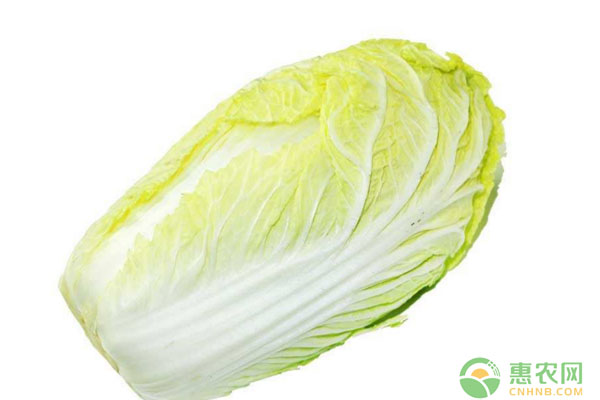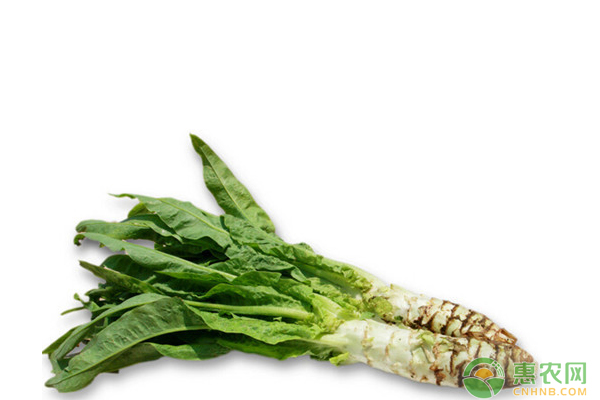The common open vegetable varieties in our life include spinach, coriander, big green vegetables, yellow cabbage, celery, cabbage, cauliflower, etc. Due to the high temperature in summer and concentrated rainfall, don’t take it lightly when planting open vegetables in summer. In addition to the heat-resistant and heat-resistant vegetable varieties, it is also necessary to strengthen the field management work. The following small series will briefly talk about the field management techniques of summer open field vegetables and leafy vegetables.

1 Varieties and plots
1.1 Variety selection: The summer temperature is high and the rainfall is concentrated. The general vegetables are unbearable. Therefore, when planting, it is necessary to choose the special leafy varieties for summer. Choose the good taste, sell well on the market, heat, disease, sputum and high yield. Suitable for local new varieties, such as summer light cabbage, fungus, Chinese cabbage, small rapeseed, celery, green vegetables, spinach and so on.
1.2 Selection of land parcels: Planting land should choose high-lying land, fertile soil, loose, and easy to irrigate land. At the same time, it should avoid planting in continuous cropping and poor drainage areas. Because of the concentrated rainfall in summer, it is generally cultivated with sorghum or high ridge.
2 seed treatment
Seeds need to be soaked and germinated before sowing. Because different leaves require different temperatures, it is necessary to adjust the appropriate temperature to promote germination according to the characteristics of vegetables. For example, the growth of celery requires a cool and humid environment, and the suitable temperature for seed germination is 15-20. °C, the suitable temperature for the germination of Artemisia scoparia is 25 to 30 °C, but no matter which kind of vegetables, most vegetables need to be soaked and germinated during planting, which can increase the germination rate of vegetables.

3 sowing
Different types of vegetables have different sowing dates. For example, the suitable time for sowing soybeans in summer is from June to July. Generally, 50 grams per acre is planted. The sowing time of spinach in summer is 6 months, and 8 to 10 kilograms per acre. At the time of sowing, the germinated vegetable seeds are planted in the well-prepared fields before 10:00 am and after 4 pm. For vegetables that do not require germination, such as small green vegetables, you can drop the water to sow. After sowing, a thin layer of fine soil is used to cover the seeds, and then used as a straw covering the surface to cool down and moisturize. Try not to water the seeds before the seeds are emerged, to avoid soil compaction or wash off the cover soil, and the seeds are leaking, thereby affecting the emergence of seedlings.
4 seedling management
The suitable temperature for growth of vegetable seedlings is 20-28 degrees. The management of seedling stage during this period is very important and should be taken seriously. Cultivate strong seedlings to control, promote the combination of control, prevent the growth of seedlings and weak disease. After the emergence of the seedlings to keep the soil moist, it is possible to take measures to control the fertilizer and water, to inhibit the growth of young seedlings, and at the same time to do the cultivating and weeding and disease prevention measures.
5 Field management
5.1 Watering: Watering of open vegetables should be carried out according to the water demand of climate, soil and vegetables. The principle of watering is as follows: watering should be timely after transplanting to promote slow seedlings, and watering should not be applied after 7-10 days. Implement seedlings; small waters are poured, see dry and wet, light and heavy before; watering time should be selected in the morning or evening; timely drainage after rain.
5.2 Inter-planting and transplanting: During the leafy vegetable seedlings, the seedlings are usually used once in 1 leaf and 2 to 3 leaves, and weeding can be carried out in order to prevent the seedlings from growing. For vegetables that do not need to be transplanted, for example, artemisia selengensis is 2.5 to 3 cm. The plant spacing is carried out, and for 3 to 4 pieces of celery, such as celery, which are transplanted, the planting distance is 20 to 25 cm.
5.3 Fertilization: On the basis of the application of the base fertilizer, the fertilizer should be supplemented according to the type of vegetables and the needs of different growth stages. The fertilization should follow the principle of “multiple application of organic fertilizer and less application of chemical fertilizerâ€. For the leafy vegetables, the fertilizer should be nitrogen and calcium. Mainly based on fertilizer, supplemented by potassium fertilizer, phosphate fertilizer and some medium and trace elements calcium, zinc, magnesium, etc., with a certain foliar fertilizer potassium dihydrogen phosphate.

5.4 Pest Control: In summer, pests and diseases are rampant, so it is necessary to strengthen the prevention and control of pests and diseases; strengthen the prediction and prediction of vegetable pests and diseases, and implement the policy of “prevention first, comprehensive preventionâ€.
Diseases: soft rot, viral diseases, downy mildew, etc., use fungal-killing agents or broad-spectrum bactericidal pesticides, such as ethyl aluminum phosphate, mancozeb, etc.
Insect pests: Plutella xylostella, Pieris rapae, aphids, red spiders, etc., using avermectin, tebufenozide, worms, etc. for spray control.
5.5 Other technical measures: weeds are easy to be weeded in summer, timely weeding and weeding are beneficial to the ventilation and light transmission of plants, preventing weeds and vegetables from looming, fighting for water, competing for fertilizers or causing pests and diseases; cultivating can promote root development and keep the soil loose. Improves breathability and increases soil temperature.
5.6 Application of the facility: The micro-climate environment can be adjusted with simple facilities. The simple facilities used in summer leafy vegetables are shade nets and insect nets, which can achieve shade and rainproof effects, and have the function of stabilizing summer vegetable production and improving product quality.
Baked Goods With Coffee,Oatmeal Cookie Coffee Mug,Fill Chocolate Chip Cones,Chocolate Planet Cup Crunch Cone
Tianjin Yongkang Food Co., Ltd , https://www.yongkangfood.com